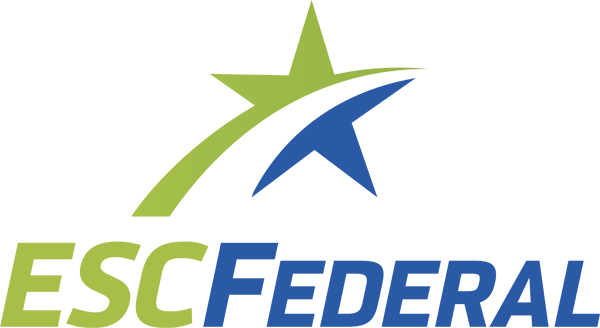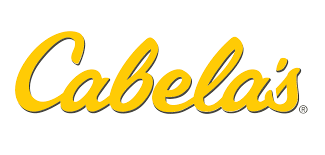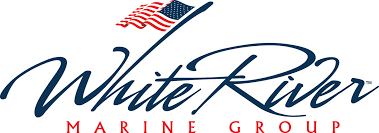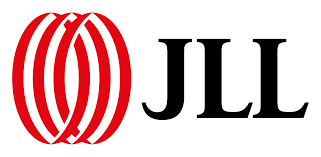

Resurging from the pandemic presents a series of seemingly never-ending hurdles for facilities managers to overcome. As workplaces reopen, the emphasis on quality management could never be stronger. But how can commercial offices and facilities maintain a clear-eyed approach toward quality assurance, even as a complete COVID-19 comeback remains elusive?
The solution lies in a highly valued yet often misused professional analysis tool: your set of KPIs, or “key performance indicators.”
KPIs shed key light on how your performance stacks up with your goals. When compiled from multiple sources and kept as transparent as possible, facilities management KPIs show unseen routes toward improvements that lend stability during a still-uncertain moment for the commercial built environment.
Metrics vs. KPIs: Does the Difference Matter?
Do you need to distinguish between metrics and KPIs? In a word, absolutely. Whereas metrics indicate specific points of data, KPIs prove to be much more holistic and practical for overall facilities management.
To clarify, a metric represents a single point of data that communicates valuable information without a structured goal. For example, heating costs and maintenance hours are worthwhile metrics. But their value is best realized as a component of a broader, objective-focused, and results-driven evaluation: the deeper-level insight that defines KPIs.
For effective facilities management, KPIs serve as a road map that offers both in-the-moment course correction and long-term insight on achieving critical professional aims. Moreover, KPIs help to standardize quality control across a range of properties, an important aim for facilities managers in the wake of the pandemic’s impact.
That’s why ESCFederal uses web-based quality management technology like SmartInspect, a completely digital and secure inspection platform. Customers can view easy-to-read reports and building data on their own customized web page. Random inspections are performed by our Quality Manager to ensure all project work is completed and reported in our project cycle reports.
What KPIs Should I Be Measuring?
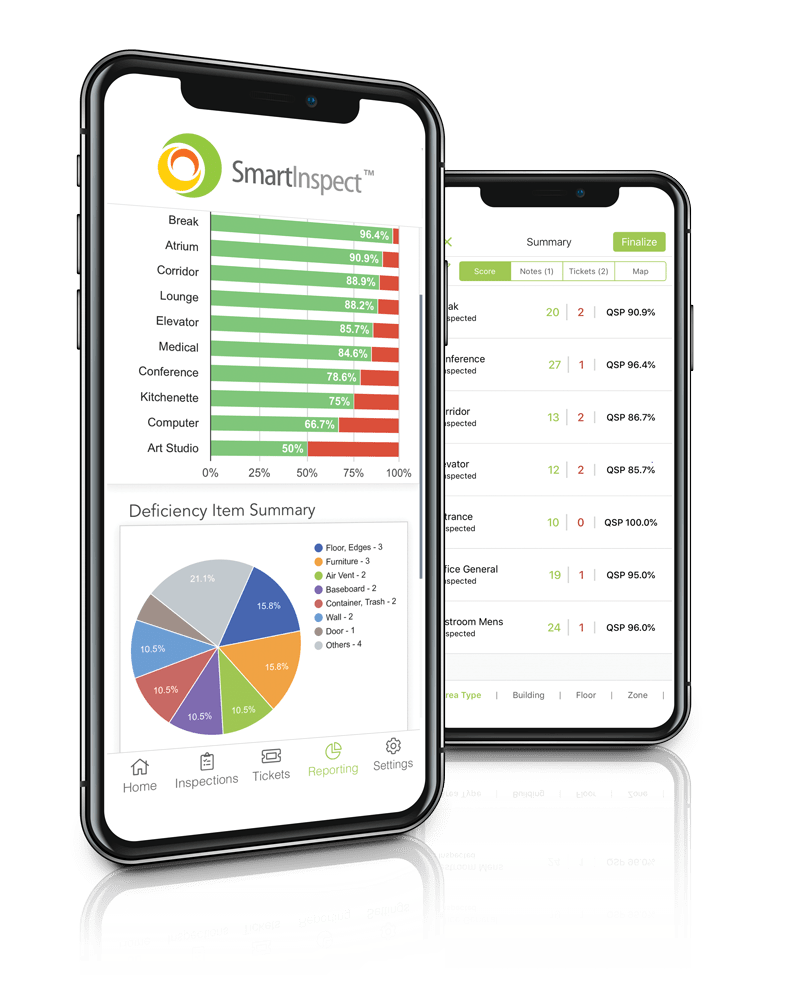
The exact set of KPIs measurements will vary by individual facility needs, and quality service providers, such as ESCFederal, can dramatically simplify this step. Four KPIs that we recommend for a post-pandemic workplace revival:
1. Reactive maintenance vs. proactive maintenance. Is your organization stymied in a culture of reactivity? Or are you edging toward high-performance results? Tracking this KPI will provide the answer. This transition is essential, because reactive work can cost 5-7 times more than planned and scheduled work. Facilities managers should aim for 20-30% of completed work to rank as reactive.
2. Cleaning costs per square foot. Sanitation and cleanliness of equipment and workplaces matter greatly, especially coming back from COVID-19. But with so many hybrid and changing workspaces, the costs of cleaning must properly balance out with the frequency schedules as well as non-utilized spaces. If the cost appears to be rising too much over time, there may be trouble with how it’s being scheduled, or even with the current status of the facility’s assets. In contrast, diminishing costs may indicate a facility maintaining protocols as it should.
3. Pareto analysis of completed work. This KPI holds weight in determining the types of work requests that exhaust maintenance resources. Think of the “80-20” rule: around 20% of your assets and equipment are likely taking up 80% of your resources. Commercial janitorial and maintenance service employees best understand this KPI when presented as a visual Pareto chart, which in its simplest form is a bar graph. When presented regularly, these visual charts can highlight the ebb and flow of work needs and demands.
4. Weekly work-schedule compliance. Also referred to as “work order resolution,” this KPI tracks how well you schedule and finish tasks for your clients. In other words, it helps answer the question, “How efficiently do we manage our workflows and maintenance planning?” Returning from COVID-19, clients may be sensitive and demanding regarding the promptness and reliability of their facilities managers. This KPI will help measure the excellence by which high-value products and services are delivered.
KPIs, Kept Simple and Actionable

For the uninitiated, this conversation around KPIs may feel like a mouthful. Yet remembering what matters most to quality control for facilities management can make KPIs more digestible.
A successful workplace comeback from COVID-19 revolves around one central question: What is our new normal? An in-house discussion on this talking point can shed light on what you value most (i.e., what needs to be monitored and measured) and thereby determine the KPIs that deserve your greatest attention.
Not sure which KPIs your facility should be measuring? ESCFederal can help.
Contact us today and let’s talk about how to address cost controls, employee performance optimization, safety controls, and other critical post-pandemic points of consideration.
